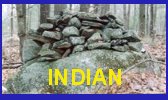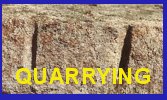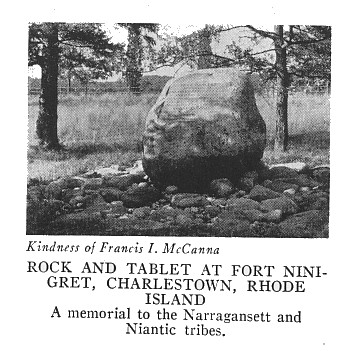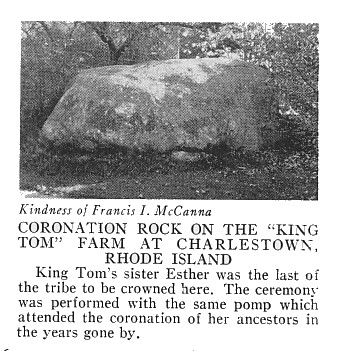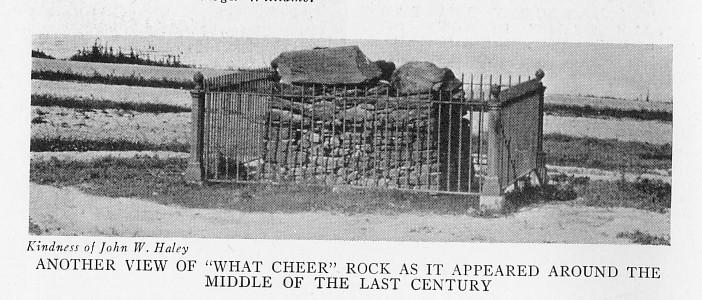|
This unusual collection of photographs is from Other Indian Events of New England vol. II, compiled by Allan Forbes, 1941, printed for the State Street Trust Company. The antiquity of these structures needs further researched but they have strong resemblance to documented Native American perched and pedestaled stone structures.
Top Left - Boulder perched on a layer of smaller stones.
Top Right - Glacial erratic
Center - Two large stones “perched” on a rectangular stone pillar.
Bottom Right - Either a perched or pedestaled or balanced stone slab.
|


